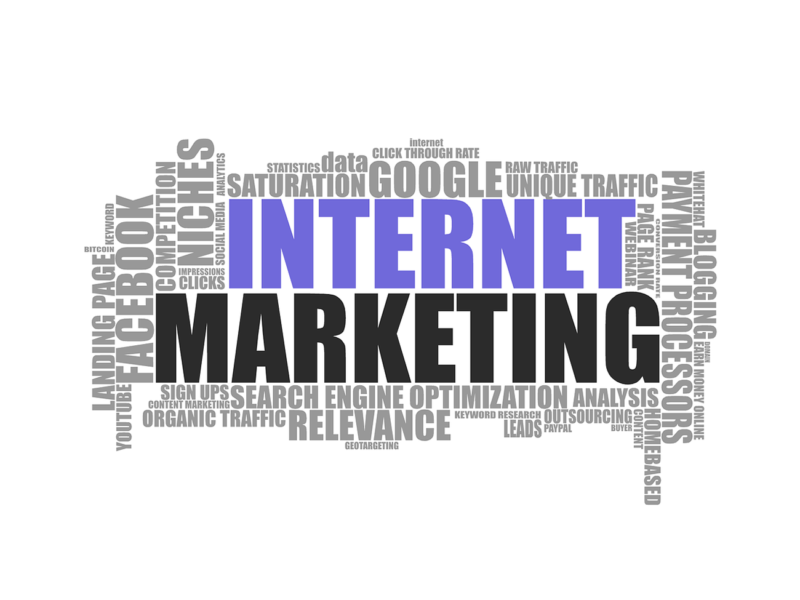We know how search engines can prefer certain results and the way social media may be nudging us into bubbles, but it’s still simple to view the internet as a place where we are in control.
A new study, however, argues that notion of personal empowerment is “an illusion”. Corporations are “nudging” the flow of our online attention more than we realize, and often in hidden ways – not unlike radio and TV programmers of the past – said co-authors Harsh Taneja, with the University of Illinois at Urbana-Champaign, and Angela Xiao Wu, with New York University.
The researchers examined clickstream information on a million people over a month of internet usage. They also looked at corporate possession of platforms and sites, the way those websites were created, as well as the partnerships which connected them.
They discovered that on the web, “media architectures still shape the flow of public attention. This happens in subtle ways that nudge users in particular directions. It often takes advantage of habitual behaviors and is generally difficult for the users themselves to see or understand.”
Concerns about the nudging of Big Tech have been climbing, with an antitrust case recently registered and executives testifying before Congress, but Taneja and Wu assert their study is among the few to record Big Tech’s power systematically and in scale.
Taneja is a professor of media at Illinois and Wu is a professor of media, culture and communication at NYU. Their study, “Going with the flow: Nudging attention online,” with third author James G. Webster, a professor emeritus of communication studies at Northwestern University, was published online by the journal New Media & Society.
In talking about “flow,” the researchers are referencing a concept applied earlier to radio and television, “audience flow,” which clarified how broadcasters planned shows and schedules to direct audiences into sequences of programs.
“What we are trying to show here,” Taneja said, “is that even on the internet there are reasonably predictable patterns of how people go from website to website, which happens due to these larger effects that are not really based on content. They are based instead on how the internet is structured by these corporations – by who links where, who partners with whom. A lot of these corporate nudges actually mainstream what people get exposed to, in ways that give users less of what they may willingly choose.”
The data used by Taneja and Wu was gathered by the research firm Comscore during October 2015. Their information sample, based on a panel of 1 million internet users, included 1,761 sites that reached at least 1 percent of U.S. users during that month. Drawing on that data, they identified common clusters or “constellations” of websites which represent browsing sequences and established the way browsing behavior connected to corporate ownership, partnerships and site types.
Regardless of the five years because the information collection, Taneja explained their findings remain at least as legitimate given the increased power of corporate programs since then along with the increased sophistication of their nudging.
The researchers identified 11 clusters or constellations and the “anchor” sites within them that served as common starting and returning points for browsing sequences.
One of these clusters were a Bing/Microsoft cluster anchored by Bing and MSN content sites; a Google cluster anchored by Google search, YouTube and Gmail; along with a social media cluster anchored by Facebook, Twitter and LinkedIn.
More surprising were just two Yahoo clusters and a AOL group,showing those companies’ continued significance, perhaps because of elderly users. Other clusters centered on data solicitations, retailers utilizing Citibank, pornography sites, job search and traveling.
According to their analysis, Taneja and Wu also derived four various methods whereby corporations led or nudged on line users, each in a different level of user visibility and management. The greatest was content rank and curation, used by search engines and social media.
The following was hypertexts, used in networking articles by Yahoo, AOL and also Pornhub to direct customers to their partner media websites. In these cases, the nudge was visible, however, users had significantly less control.
The third kind of nudge was used by Microsoft throughout the applications configurations built into its Windows operating system, which made the organization’s browser, search engine along with homepage all of the default, unlikely to be altered by most consumers. This provided a infrastructure “wired both into the software and hardware to make users go around the internet in a certain way,” Taneja said
The fourth Kind of nudge was largely hidden and outside user control, coming through back-end databases or software – exemplified by e-commerce and support websites such as Citibank, which processed several credit card payments such as retailers, in addition to job search, travel and sites that solicited user data.
To the extent that people consider limitations in their Internet usage, it usually focuses on their usage of specific platforms, Taneja said.
“People think of constraints as limited to what they do inside Facebook, or what Google does,” he said.
“But they don’t see the whole internet as this space that operates with these very large constraints, or constraints that exist at multiple layers.”
Related Journal Article: https://journals.sagepub.com/doi/10.1177/1461444820941183

